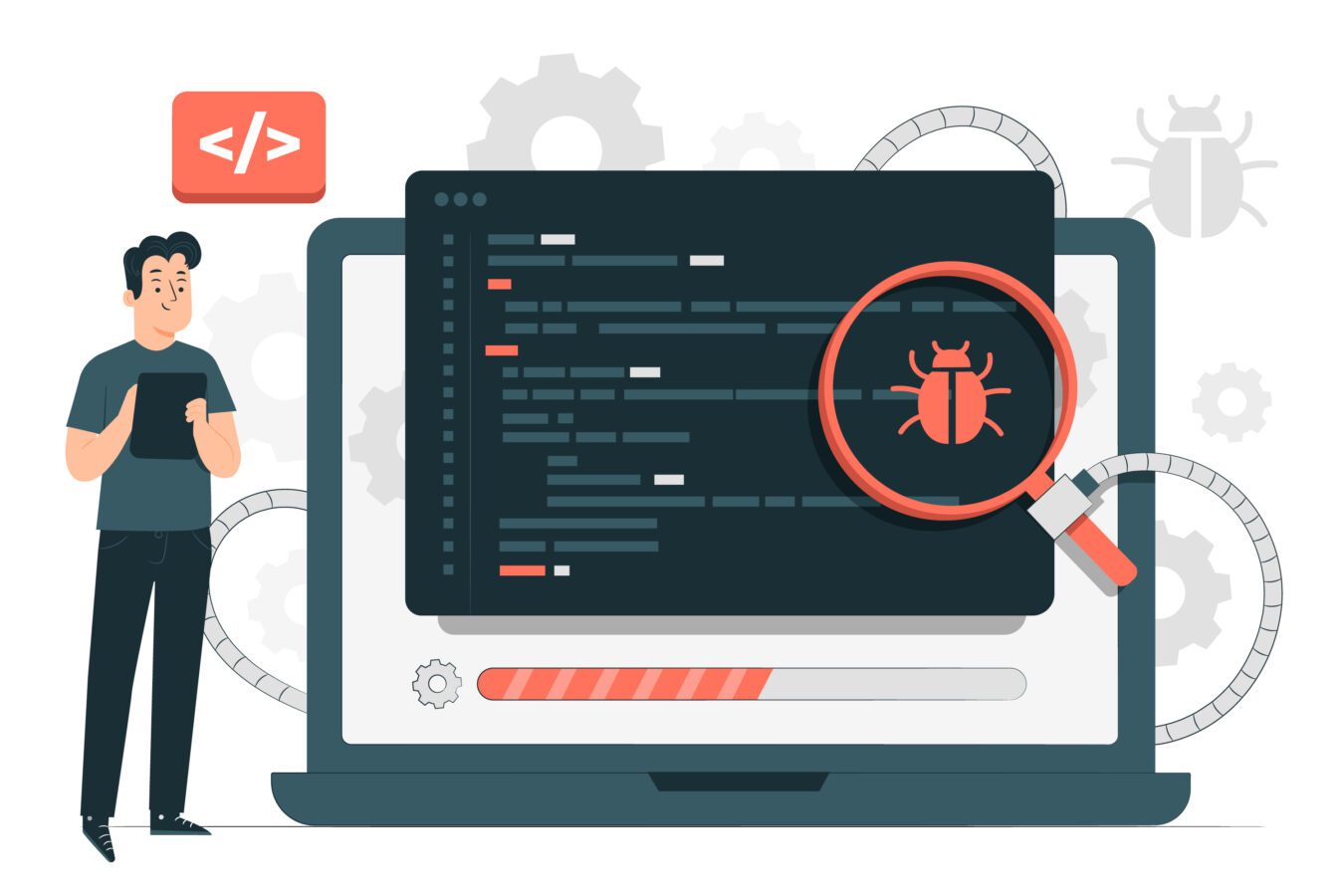If you are an amateur programmer striving to make a mark in this competitive field, you must leverage the power of functions. Every programming language offers useful functions to facilitate the developers – Python is no exception.
Python includes a host of built-in functions that can enormously help coders. Such functions not only make the job of programmers significantly easier but also provide a stable coding environment for consistency and management of modules.
To help you learn more about the most common Python functions, this blog encompasses some of the most powerful functions in the Python language.
Most Powerful Functions in Python
The next section will reveal some of the most useful Python language functions that can accelerate the development approach. These functions are far better and improved than compared to other languages. All of the following functions have proven to be quite helpful for developers to make their task easy.
1) Map Function
If you want to process all items in an iterable without declaring a loop, this is your go-to function. The map function loops through the items of an iterable, applying a transformation function to every item in the initial iterable.
The first argument of this function is a transformation function. In simple words, this function transforms the original value of a list into a transformed item. The operation performed by the map function is also known as mapping since a transformation is applied to all items in a provided list.
2) Zip Function
This is a built-in function in Python that enables developers to combine multiple lists, tuples, or dictionaries. By enabling parallel iteration over multiple iterables, the Zip function simplifies and improves the readability of the code.
In the aforementioned example, two distinct iterables names and ages are merged into a single variable named “zipped” with the help of the zip function. Then, the for loop iterates over each tuple, unveiling this variable into two separate variables, n and a.
The zip function is extremely commonly utilized for merging multiple iterables and simplifying the overall structure of the code.
3) Enumerate Function
In mathematics, enumerate means to sort the list of elements in a particular order. In the Python programming language, the well-known Enumerate function not only makes the task of iteration significantly easier but also makes the code clean and concise.
Using the Enumerate function, we can iterate over the index and value in any Python list. While this task can also be performed using a simple “for loop,” the Enumerate function significantly reduces the complexity, improving the code structure.
4) Replace Function
This is an extremely helpful built-in function offered by one of the most popular programming languages, required for various purposes. The replace function is used to replace all or some occurrences of a substring in a particular string. To illustrate the significance of this function, it returns the copy of the original string along with instances of new desired substring as per the requirements.
Syntax of the Replace function: string replace (originalSubstring, newSubstring, timesReplaced)
originalSubstring: The original substring you want to replace
newSubstring: The new substring that will replace the original substring
timesReplaced: The total number of times you want the initial substring to be replaced with the new substring. This parameter is optional, and by default, all the initial substrings are changed by the new substring.
5) Lambda Function
What if you had the option to declare a function without actually using any name? In Python, this is possible because of the Lambda function. Lambda is an extremely powerful keyword that can be used to create anonymous functions.
This is the syntax of Lambda function: lambda argument(s) : expression
lambda: keyword for defining an anonymous function
argument(s): a variable that is leveraged to store the value that will be passed into the function expression
expression: the piece of code to be executed in the lambda function
Conclusion
Python is one of the most commonly utilized programming languages, used for developing a wide array of websites and software as well as data analysis and data visualization tasks. Owing to its vast library of powerful functions, a large number of developers and software development companies prefer coding in Python in any IDE. This blog sheds light on some of the most popular and useful Python libraries that are extremely helpful for developers.














